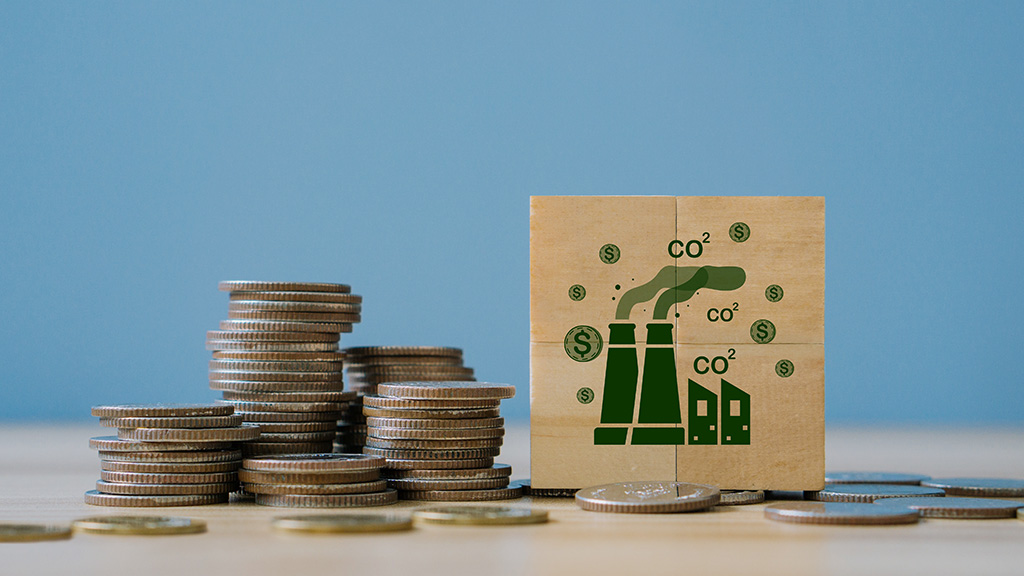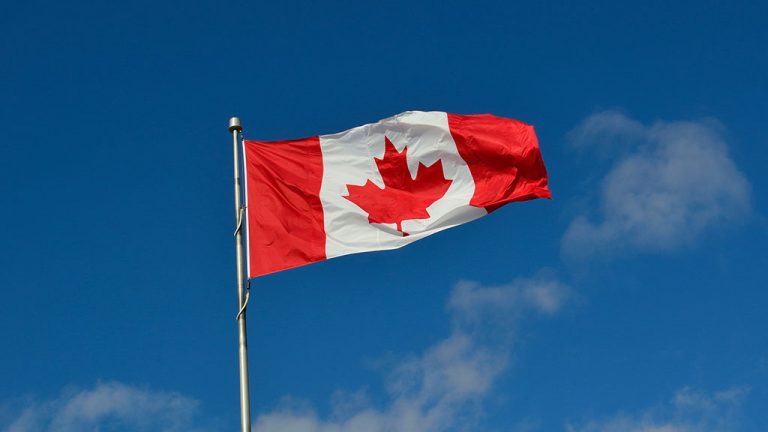OTTAWA — The federal government has published new draft regulations that will force oil and gas companies to slash their greenhouse gas emissions.
Here’s what that looks like, and what it might mean for the industry and for ���ϳԹ���’s climate targets:
-
What is an emissions cap and what does it target?
The government is essentially proposing to put a limit on how much oil and gas producers can pollute with greenhouse gas emissions. Those producers together account for 31 per cent of ���ϳԹ���’s total emissions.
Under the proposed regulations, those producers would be required to cut their emissions by about one-third below 2019 levels over the next eight years.
-
What are the oil and gas industry’s current emissions?
In 2022, the most recent year for which ���ϳԹ���’s emissions data is available, oil and gas production and refining emitted 256 million tonnes of carbon dioxide or its equivalent weight in other gases, including methane.
Emissions from the oil and gas sector have gradually declined since a peak in 2014, according to government data, representing a roughly 12 per cent reduction. The 2022 emissions are about on par with 2007 levels.
-
Can the industry meet the regulations without cutting production?
According to the government, it can — which is paramount to the entire proposal.
The government is pitching a cap-and-trade system as part of the proposed changes. In essence, companies will be given an emissions allowance equating to one unit per tonne of carbon pollution.
Companies that pollute less will be able to sell their leftover allowance units for profit, while companies that fail to reduce their emissions enough will have to buy allowance units — a maximum of 20 per cent of their emissions cap — from other companies to stay in compliance.
-
What would the industry do to meet the cap?
The government is hoping oil and gas companies reinvest their profits in technology that reduces greenhouse gas emissions without cutting their production.
Some of those initiatives include carbon capture technology, an area that some of ���ϳԹ���’s producers are already investing in. For instance, Shell announced in June it was launching two new carbon capture projects in Alberta. Both are expected to be operational by 2028.
Producers could also buy offset credits from decarbonization projects outside the oil and gas industry — like tree-planting programs — to be cap-compliant. Those credits can only be the equivalent of up to 10 per cent of their emissions cap.
-
What do the industry and environmental groups say about the proposed regulations?
The announcement was met with skepticism from ���ϳԹ���’s leading oil producers.
The Canadian Association of Petroleum Producers — which represents about three-quarters of ���ϳԹ���’s oil and natural gas production — warned the cap would likely deter investment in Canadian oil and gas products, resulting in lower production and fewer jobs, and would hurt ���ϳԹ���’s GDP.
Environmental Defence, one of ���ϳԹ���’s leading environmental advocacy organizations, welcomed the proposed changes but called for them to be implemented sooner and for the government to close “loopholes” like allowing offset credits.
©2024 The Canadian Press










Recent Comments
comments for this post are closed